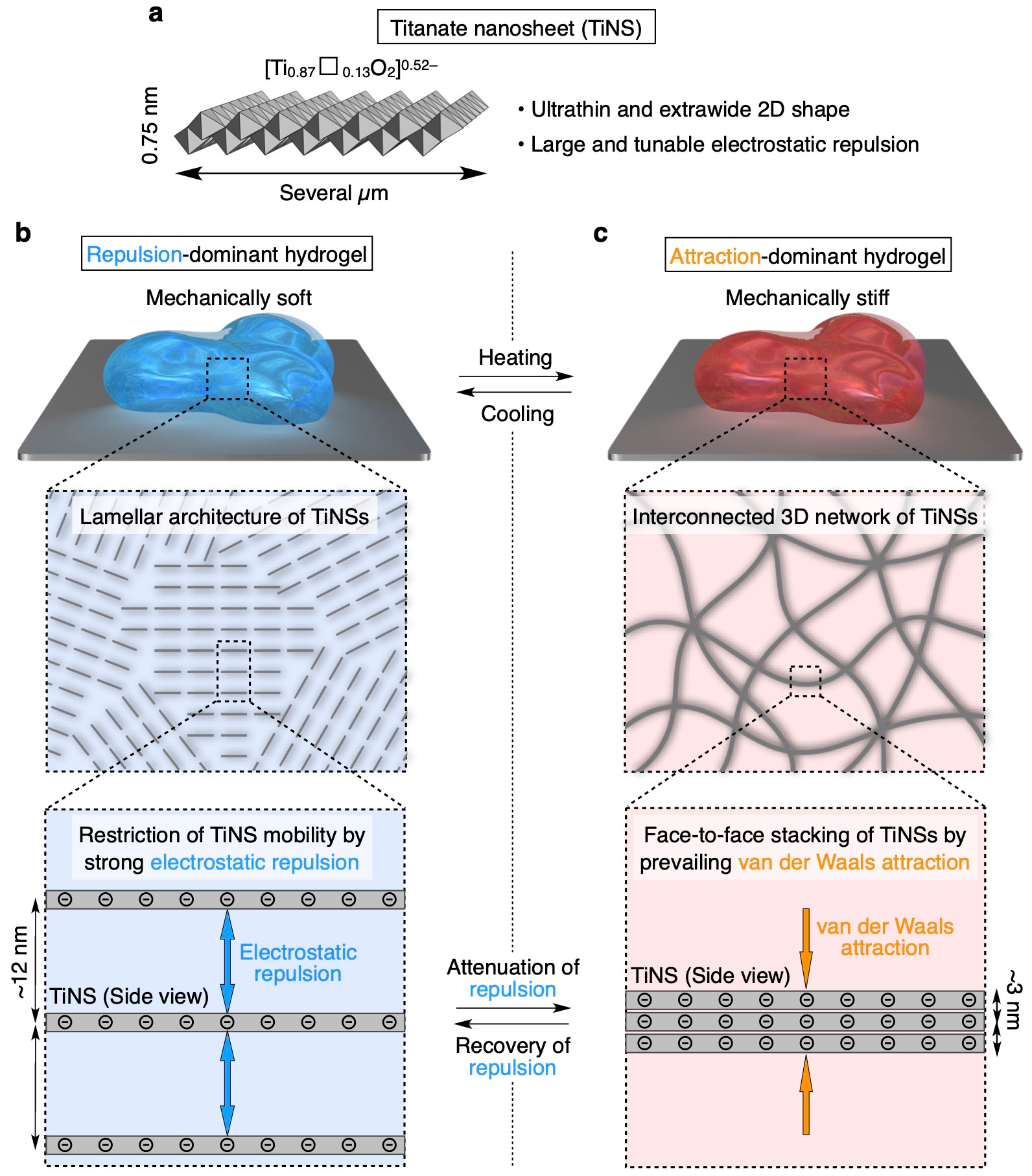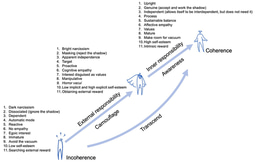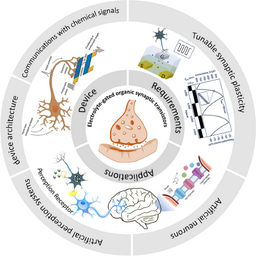
In science fiction and mythology, inorganic creatures often appear. These stories present us with an interesting challenge of how to produce a life-like material entirely from inorganic substances. It seems a difficult task because living organisms usually consist of water-rich flexible solids with a structural hierarchy and stimuli responsiveness. These features are different from inorganic substances that tend to display poor processability, low flexibility, and a lack of responsiveness. Indeed, reported biomimetic soft materials have been exclusively based on organic constituents, as represented by mechanically adaptive hydrogels made from such thermoresponsive organic polymers as poly(N-isopropylacrylamide).
During our previous works about titanate nanosheets (Fig. 1a) dispersed in water1,2, I found that an electrostatic repulsive force can be finely tuned by temperature. This finding allows me to develop a mechanically adaptive hydrogel consisting of inorganic constituents (14 wt% titanate nanosheets and 86 wt% water). The key to this thermoresponsive gel-to-gel transition is to precisely control the balance between the electrostatic repulsion and van der Waals attraction between the nanosheets in water. If the repulsive force is dominant, the nanosheets adopt a lamellar architecture in water, where their mobility is restricted to exhibit a soft gel-like behavior (Fig. 1b). In contrast, if the attractive one is dominant, the nanosheets stack tightly to form an interconnected three-dimensional network (Fig. 1c). Owing to this large structural rearrangement of the gel network, the mechanical elasticity of the gel becomes 23 times larger, reminiscent of sea cucumbers. Interestingly, this transition process is reversible and completed within just two seconds. By doping with gold nanoparticles as photothermal converters, this gel-to-gel transition can be induced by light irradiation in a spatiotemporally controlled manner.

Figure 1. Thermoresponsive hydrogel consisting of inorganic nanosheets and water. a Schematic illustration of titanate nanosheet (TiNS). Countercations are omitted for clarity. Open square indicates vacant sites. b, c Schematic illustrations of the hydrogel of TiNSs in a repulsion-dominant state (b) and an attraction-dominant state (c).
I want to highlight the following two important aspects of the present work.
1D Constituents vs 2D Constituents: Although stimuli-responsive hydrogels have been generally synthesized from 1D materials such as organic polymers or nanofibers, our hydrogel consists entirely of 2D nanosheets. The 2D shape of the nanosheets, which eliminates the possibility of entanglement, may be the reason for the excellent rapidity and reversibility of the gel-to-gel transition. These properties can be superior to those of conventional hydrogels based on 1D constituents.
Organic Materials vs Inorganic Materials: In general, organic materials tend to show flexibility and stimuli-responsiveness, whereas inorganic materials lack such features. Consequently, organic polymers, as represented by poly(N-isopropylacrylamide), have long been the standard components of smart soft materials. We have now demonstrated that inorganic nanosheets can serve as alternatives to such organic polymers, which will surely expand the scope of adaptive materials of the next generation, possibly even leading to the creation of ‘inorganic life’.
To read more about our work: Sano, K., Igarashi, N., Ebina, Y., Sasaki, T., Hikima, T., Aida, T. & Ishida, Y. A mechanically adaptive hydrogel with a reconfigurable network consisting entirely of inorganic nanosheets and water. Nat. Commun. 11, 6026 (2020). https://doi.org/10.1038/s41467-020-19905-4
References:
- Sano, K. et al. Photonic water dynamically responsive to external stimuli. Nat. Commun. 7, 12559 (2016).
- Sano, K. et al. Extra-large mechanical anisotropy of a hydrogel with maximized electrostatic repulsion between cofacially aligned 2D electrolytes. Angew. Chem. Int. Ed. 57, 12508–12513 (2018).
Follow the Topic
-
Nature Communications

An open access, multidisciplinary journal dedicated to publishing high-quality research in all areas of the biological, health, physical, chemical and Earth sciences.
Related Collections
With Collections, you can get published faster and increase your visibility.
Women's Health
Publishing Model: Hybrid
Deadline: Ongoing
Advances in neurodegenerative diseases
Publishing Model: Hybrid
Deadline: Mar 24, 2026




Please sign in or register for FREE
If you are a registered user on Research Communities by Springer Nature, please sign in